Tile Mate Review
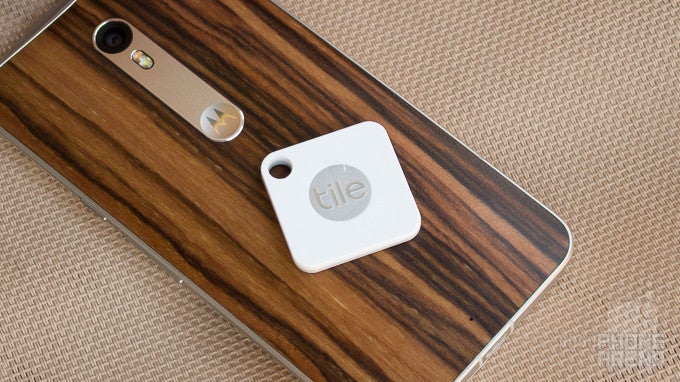
Introduction
The lost keys. The misplaced wallet. The unfindable headphones. The vast majority of us have run into one of these problems at one point or another in our lives, and when it happens, it can be a tremendous pain in the rear. If you lose your phone, you can easily hop on Android Device Manager or Find My iPhone on your computer, locate it, and your problem is solved. Unfortunately, other personal belongings in our lives aren’t quite as smart as our smartphones.
Tile hit the scene back in 2013 with a Kickstarter campaign to help remedy this issue once and for all. It’s reported that the average person misplaces a total of 3,000 items every single year, and then spends about 60 hours each year as well trying to find said items. The folks behind Tile had had enough of this catastrophe, and released a Bluetooth tracker that people could use to finally have an easy solution for locating their lost items. It turned out to be a pretty big hit, as more than 200 countries currently use the platform to help them locate their lost items.
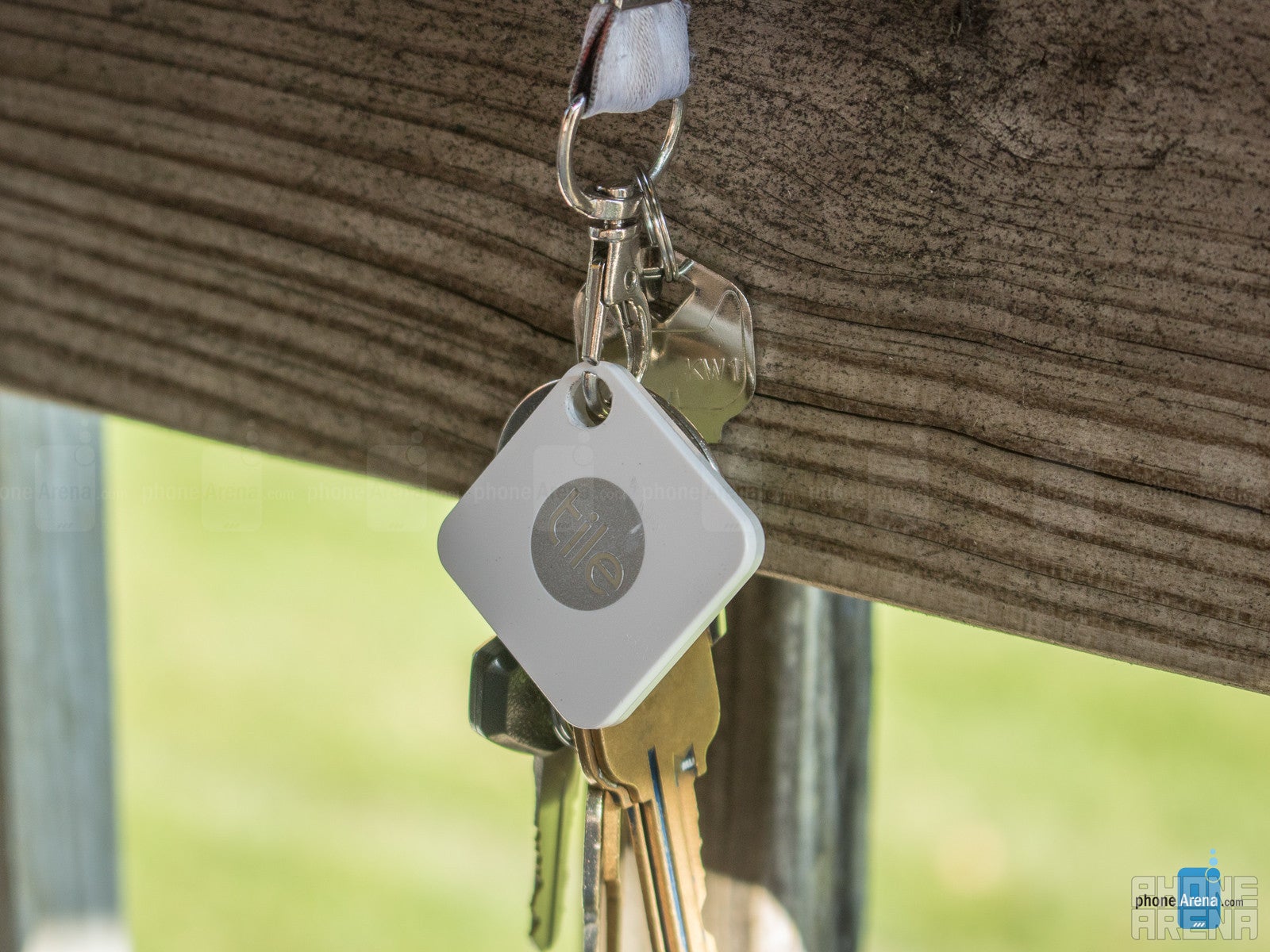
With a slimmer body, added features, and a cheaper price, is the Tile Mate a worthy successor to the Tile Original?
In the box:
- Tile Mate
- Quick start guide
- Warranty and regulatory statements cards
Design
The overall look of the Tile Mate is incredibly simple, and while it’s very reminiscent to the Tile Original, it cleans up the design to make it a tad more attractive. Rather than having the Tile branding sprawled out across the entire lower-side of the face of the tracker, it’s now placed in the center in a shiny silver circle. That circle sits atop a stark white color scheme, and the pre-drilled hole remains at the upper left-hand corner. The back of the Tile features a matte grey color, and there’s a tiny reset button that you can access with a toothpick or tip of a pen.
As for the Mate’s dimensions, here’s how it compares to the Tile Original –
- Tile Original – 37mm x 37 mm x 5.3mm / 8-grams
- Tile Mate – 34mm x 34mm x 4.65mm / 6.1-grams
That may not look like a drastic reduction in weight and size, but the reductions that Tile has made make the Mate about 25% smaller than the Original. That means you can attach it to your lanyard or backpack and forget that it’s there even more so than you could with the original Tile. It’s actually quite impressive as to just how tiny Tile was able to make the Mate, and holding it in your hand makes it feel like it weighs nothing at all. However, as we’re soon going to find out, there’s actually a lot of power packed into this sucker.
Before we get into that though, I want to touch on the build quality of this gadget. For costing as little as it does ($25), I wasn’t expecting this thing to be able to withstand a tremendous amount of torture – and I still don’t. The Tile Mate isn’t made to undergo a heap of abuse, but I was a bit letdown with how quickly my unit started to show signs of wear and tear. The pre-drilled hole shows a great deal of visible nicks and marks, the paint on the silver circle is chipping in one area, and there’s plenty of scuffs all throughout the front of the device. None of this has impacted the performance of the Mate is any way at all, but it has made it a bit less attractive in regards to its aesthetics.
App Interface and Functionality
With the Tile, there are actually two main ways to use it. If you have the Tile and can’t find your phone, double-pressing the middle of the Mate will cause your phone to start ringing even if it’s on Do Not Disturb or Total Silence. If you have your phone and don’t know where your keys are (or whatever item your Tile Mate is attached to), going to the Tile app and selecting the Tile you want to find will cause the Tile itself to start ringing. It’s a dead-simple concept, and it proved to work incredibly well.
The Tile Mate uses Bluetooth Low Energy to connect to your phone, meaning that it’s got an advertised range of up to 100-feet. In my testing, I was able to get every bit of that advertised range, and that’s one of the best aspects for the Mate. However, let’s say that your Tile Mate is completely out of range. What then?
If this happens to be the case, you can hop on the Tile app and go to the included map where it will show you where your Tile was last connected to your phone. If this still doesn’t work, you can tap into the Tile community to help locate your tracker and whatever it’s attached to. This is achieved by harnessing the power of everyone else in your area that owns a Tile themselves, so whenever someone using the app comes within the Bluetooth range of your personal tracker, you’ll get a notification on your phone letting you know where it was located. It’s a really smart idea to the whole lost and found game, and with Tile having sold more than 6 million units in over 200 countries, you can rest easy knowing you’ve got a solid community behind you if you need extra help locating your belongings.
As for the app itself, I used it on the Moto X Pure Edition (my daily driver) and I never ran into any sort of performance issues or crashes. The interface is very easy to navigate and everything is clearly laid out and organized. My one and only gripe is the fact that the app doesn’t follow Material Design guidelines, but this is more of a nitpick than anything else.
Conclusion
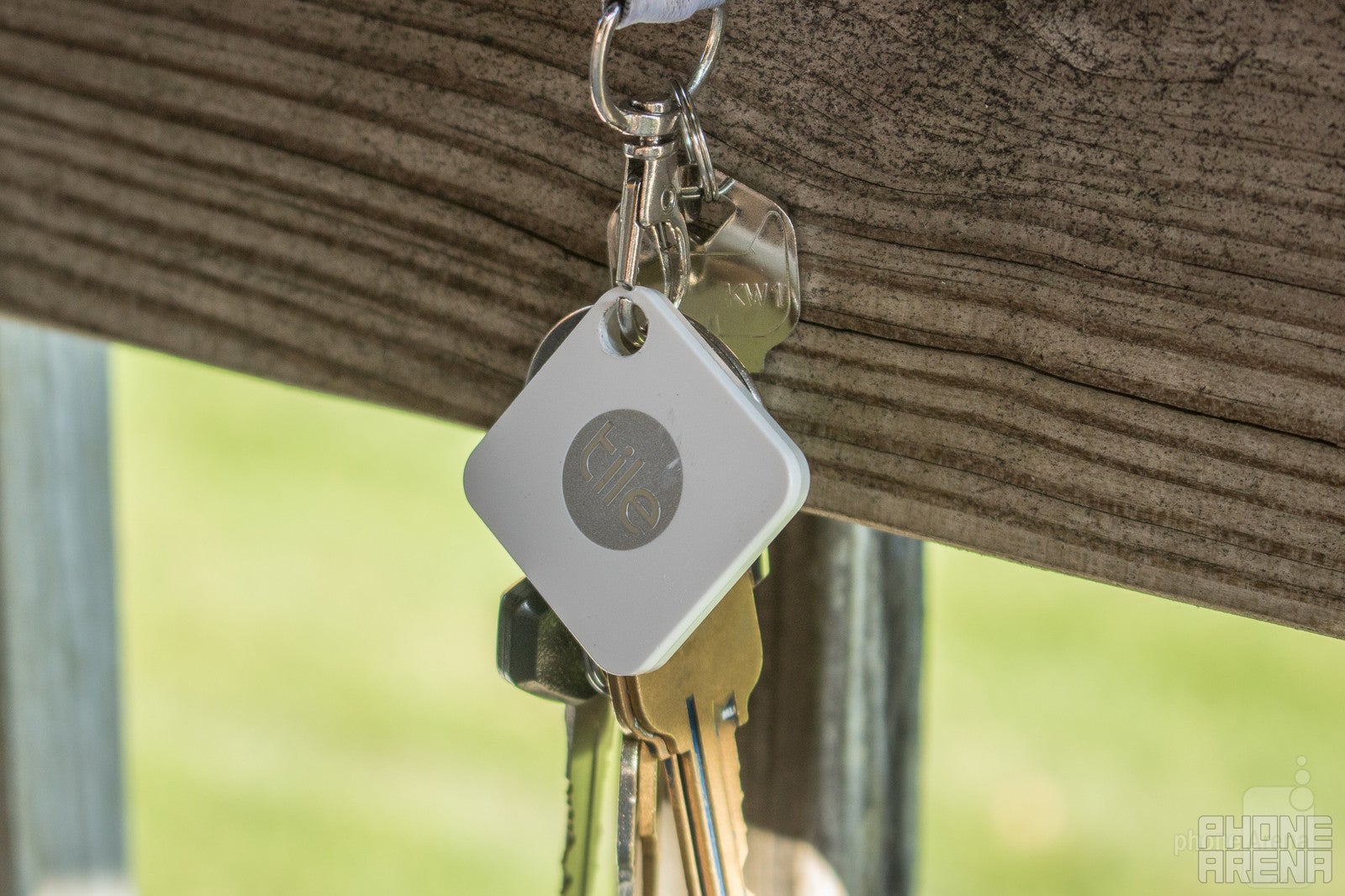
Losing your TV remote, purse, backpack, keys, and virtually anything else can prove to be extremely annoying. Tile resolved that issue for us a couple years ago, and the Tile Mate builds upon an already fantastic product. The Mate features a lighter and slimmer body than its predecessor, retains the oh-so convenient pre-drilled hole, and even comes with a variety of new ringtones for locating your stuff with style and flair.
The Tile Mate is an incredibly simple product, and while you hope to not have to use it all that often, it’s a true blessing to have when you do find yourself needing to call upon it. The Mate is one of those gadgets that just works, and that’s about the best bit of praise I can give to this thing.
Tile sells the Mate from their official website for just $25, and purchasing a 4-pack of the device will save you 30% with a final price of only $70. The Tile Mate is rated to last one full year on its included battery. Tile’s reTile program allows you to send in your old Tile once the battery does finally die, and the company will not only recycle your old unit, but you’ll also be able to get a new Tile for up to 50% off the normal pricing.
This was my first time using a product such as the Tile Mate, and after having it attached to my lanyard for just about a month, I can’t think of living without it. I haven’t had to actually use it all that often, but when I did find myself needing to use it to locate my keys, it made the whole process so much easier and convenient than it would have been without it. The Tile Mate is a fantastic product that works as advertised, is extremely affordable, and helps make your day-to-day life more efficient.
If you’ve been thinking about grabbing a Tile but have held off for whatever reason, now is the best time ever to finally be a part of the ever-growing Tile community.

Follow us on Google News











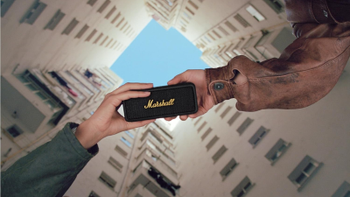
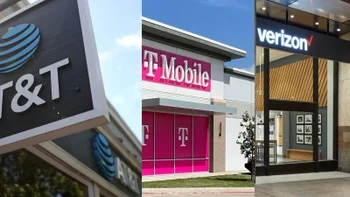
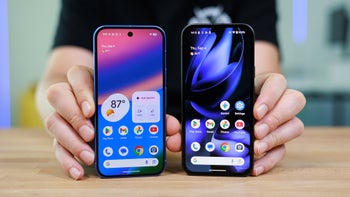
Things that are NOT allowed:
To help keep our community safe and free from spam, we apply temporary limits to newly created accounts: